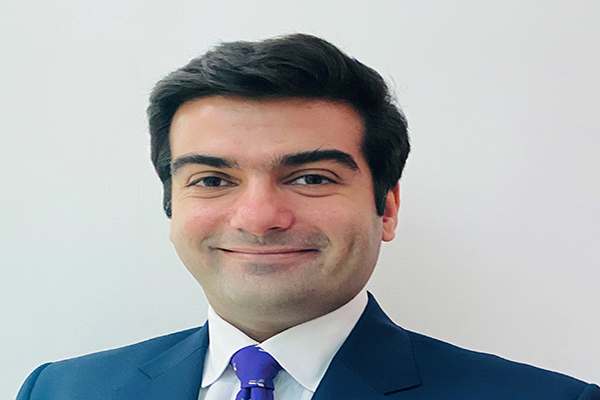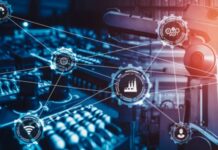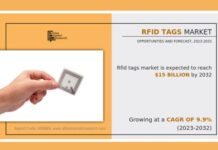Remote monitoring technology has evolved significantly over the past few decades, transforming how we collect, transmit, and analyze data across various sectors. The evolution of remote monitoring technology, from simple systems to the intricate and networked solutions available today, has unquestionably impacted many industries, including manufacturing and healthcare. The globe can now benefit more from simple alarm systems that were first introduced to help people keep an eye on their homes while they are away. As technology has advanced, these systems’ potential applications have grown.
Evolution of Remote Monitoring
The military started using remote cameras and sensors to monitor and watch locations to acquire intelligence during World War II. In addition, telemetry—the wireless transfer of data from remote sensors to a specific area—was developed in the post-war era. Since tracking this kind of data is essential in the aviation and spacecraft industries, telemetry has been used in both domains.
As a result of these advancements, the healthcare sector was among the first to use remote monitoring widely. For instance, the invention of the cardiac monitor in the 1960s made it easier for physicians and other healthcare providers to monitor patients’ heart rhythms remotely. This made it possible to get help right away if something strange was discovered. Moreover, the industrial and manufacturing sectors have also begun to use remote monitoring to increase efficiency and safety. Eventually, as digital technology advances, the two might be integrated to enable the collection and transmission of more accurate data from any global location.
AI (Artificial Intelligence)
Artificial intelligence (AI) has revolutionized remote monitoring technology in the last several years. These algorithms can assist with process optimization, anomaly detection, and failure prediction. Predictive maintenance has also significantly benefited since technology can now foresee equipment failures in real-time, saving money and minimizing downtime.
COVID-19 was a major factor in the healthcare industry’s adoption of remote monitoring technologies. Remote patient monitoring became critical when monitoring and treating patients with little to no physical touch was necessary. These days, wearable technology and health applications enable anyone to share and monitor their vitals, enabling prompt medical assistance.
The Internet of Things (IoT) and Wireless Connectivity
The Internet of Things, or IoT, emerged in the twenty-first century. It entailed connecting commonplace items and gadgets to the internet so they could share and gather data. In addition, introducing wireless technologies like Wi-Fi and Bluetooth changed the game regarding remote monitoring. This started to make it possible to transmit information in real-time and seamlessly, increasing the diversity and accessibility of distant transmission.
Challenges of Remote Monitoring
As technology advances, we also face many security and privacy-related issues. Sensitive data is being transmitted more frequently, and this makes it easier to transmit the data. One must ensure strong encryption and cybersecurity to safeguard sensitive data and defend oneself from cyber threats.
Future of Remote Monitoring
With many more connections with cutting-edge technologies like 5G and blockchain anticipated, the future of remote monitoring technology is still bright. In addition, remote monitoring will be used in areas including environmental monitoring, driverless cars, and smart cities. Remote monitoring has come a long way, from its early use in the military to its use in healthcare and other industries. As time passes, technology and data-driven statistics will continue improving remote monitoring, opening previously unimaginable possibilities for enhancing safety and quality of life. These advancements have significantly improved the capabilities of remote monitoring systems, enabling organizations to make data-driven decisions, optimize operations, and improve overall performance.















